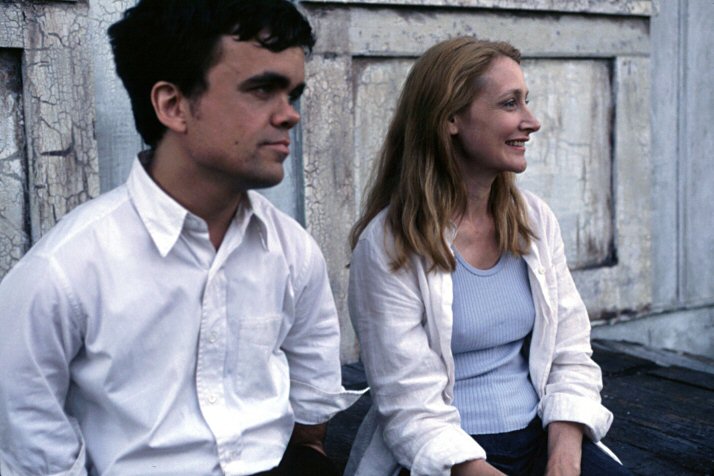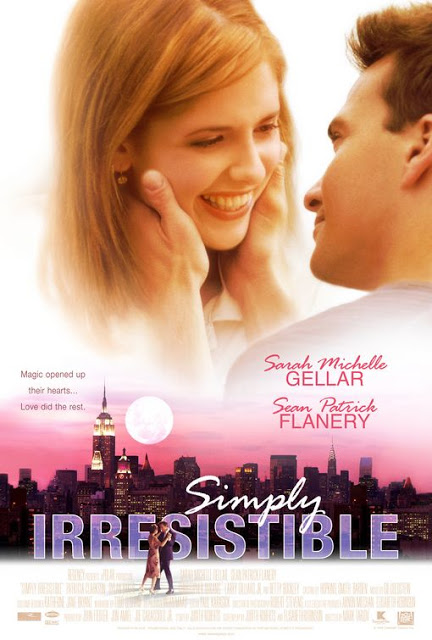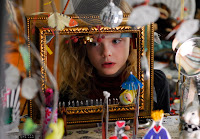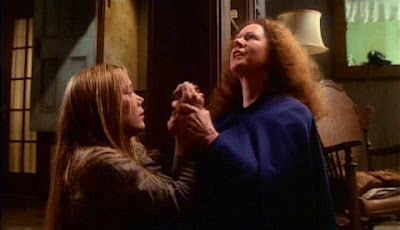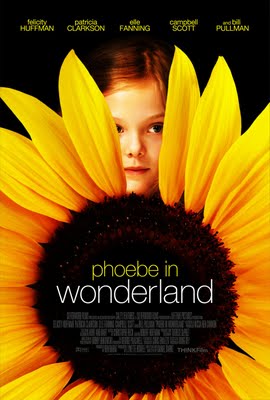I can remember hearing about a study which found many people use the characters on their favorite television shows as surrogate “friends.” I wonder what those same researchers would make of our post-Televison-Without-Pity cultural landscape, in which a endless stream of writer analyses–sometimes accompanied by roundtable discussions–dissects every detail of every episode of popular television shows, making up a big chunk of the internet. If online effluvia is an indicator, many viewers now spend more time thinking about characters on TV than they possibly could about their real-life friends and maybe even their own partners, family members and selves. We spend so much time thrilling to drug dealing, beheadings, poisonings, secret identities, sudden, improbable career success, zombies, and vampires that we decry as “boring” the few series that have realistically explored issues that are more likely to affect us day-to-day: relationships, work and friendship.
Independent films are much more likely to explore these themes than the latest hit series on cable. But even those of us impatient with the contrivances of yet another Sunday night saga have to admit this so-called “Golden Age of Television” has given meaty roles and great acclaim to actors (and to a much smaller number of actresses) who have previously done excellent but not widely seen work in independent films.
Peter Dinklage, who plays Tyrion Lannister on Game of Thrones (and has won several awards, including the Emmy and Golden Globe for the role and may very well win more) first came to my attention with his starring role in 2003’s The Station Agent (which is now streaming on Netflix) from writer-director Tom McCarthy . The cast is a who’s who of indie actors who have become more well-known through a variety of roles: Bobby Cannavale (from Boardwalk Empire), Patricia Clarkson (from Saturday Night Live‘s “Motherlovers”), a post-Dawson’s Creek but pre-Oscar nomination Michelle Williams and even, in a small role, John Slattery, years before Mad Men. But The Station Agent isn’t one of those curiosities in which a great cast with promising material becomes a mess, but the much rarer occurrence of excellent actors in a film which knows exactly how to make the best use of them.

Dinklage plays Fin, who lives in the building next to the model train shop in which he works. His boss, Henry (Paul Benjamin), a much older man, is his near-constant companion: he lives in the building as well, and they not only work together but eat lunch together, smoke together on the roof and roll their eyes in unison at the obsessives who gather in the shop after hours to watch homemade films of trains.
The boss is the first person we see defend Fin from the stares and harassment he receives. A teenager at the shop counter looks at Fin as if he were a ghost and Fin’s boss, with an edge in his voice, asks the young man, “You forget something?”
When Fin walks on the street or goes into a supermarket we see people taunt him with “jokes” or stare and then, not quite out of earshot, comment to each other about his appearance. The resolute, straight-ahead gaze that Fin adopts in these situations will be familiar to many girls and women (of every size) who also dare to walk unaccompanied in public.
When Fin’s boss drops dead in the shop, Fin is out of a job and an apartment– and finds out that he’s inherited an abandoned rural railroad depot his boss never informed him about. The estate lawyer tells Fin “I’ve seen you around… You’re one of those memorable people.” He continues that he’s been to the town where the depot is located and “there’s nothing out there: nothing” which appeals to Fin in a way the lawyer could never understand, but we in the audience do.

With a suitcase in hand Fin walks on the train tracks (which, in real life, no one should ever do. A train recently killed a woman on the tracks at a movie location) to the station and despite its state of disrepair makes a home for himself inside. After spending his first night there, he meets and buys a café con leche from Joe (Cannavale) the chatty, nosy, relentlessly social man subbing for his sick father as the proprietor of a food truck near the depot.
Joe’s efforts to engage Fin first in conversation and then in friendship are never ending: he’s like the person in seventh grade who decided to be your friend without consulting you first, sitting next to you in class, talking to you, asking to hang out until, because of your own inertia and exhaustion you finally did become friends. Joe even enlists wary, solitary Olivia (Clarkson) as part of the clique: he cooks meals for the three of them at his truck or at her waterfront home. Finn and Olivia first meet when she almost runs him over–twice–as he walks along the woodland road. Later she brings a bottle of bourbon to the depot as an apology. When they are drinking, she asks how he acquired the depot and he tells her that his friend died three weeks ago leaving the place to him.
She responds, “My son, Sam, died two years ago,” then immediately shuts her eyes and asks, “Would you mind not looking at me right now?” Fin, who often wishes not to be seen himself, complies with her request, directing his gaze elsewhere.
Clarkson was the queen of indie film for a time starting with High Art and, in a body of outstanding work, Olivia is one of her best performances: skittish, kind and something of a fuck up all at once. Cannavale makes Joe’s neediness charming, growing on us, the way Joe’s puppy-like presence grows on Fin–and Olivia. But this film is Dinklage’s and its greatness resides as much in his handsome, expressive face as it does in its spare, exacting script. Fin is a man who thinks he will be better off keeping other people out of his life and psyche and then finds they creep in anyway, like sunlight through cracks in a roof. When he is without Olivia and Joe, he is surprised that he misses their company. He also, in spite of himself, befriends the little girl (Raven Goodwin) who plays by the depot.

The Station Agent is one of the few films that not only focuses on a disabled protagonist without condescension: it also doesn’t pretend non-disabled people behave better than they do–and unlike some other indie films doesn’t portray its small town as more tolerant and welcoming than the city. Although Olivia and Joe, the little girl and the town librarian (Williams) are good to Fin, and–in spite of Joe’s sometimes prying questions–they all treat him as a person, plenty of other townspeople, including Williams’ on-again, off-again boyfriend, the patrons at the town bar, at least one child at the little girl’s school and the woman behind the counter at the convenience store, treat him as a joke and sideshow oddity. The woman at the store even takes his picture, without his permission, as he shops. The film is also unusual among independent films–especially one that takes place mostly in a small town–in the matter-of-fact diversity of its cast: Fin’s boss is Black, as is the little girl, and Joe is Latino (Cannavale often plays Italian Americans, but is half Cuban).
McCarthy went on to make other stellar, independent films, the most recent of which was Win Win with Paul Giamatti and Amy Ryan and his next release is a movie starring Adam Sandler–which could either be very good for Sandler or very bad for McCarthy. But The Station Agent, his first film, is a bracing mixture of melancholy and uplift which deserves to be seen over and over again.
[youtube_sc url=”http://www.youtube.com/watch?v=nTGUP0JK1cU”]
___________________________________________________
Ren Jender is a queer writer-performer/producer putting a film together. Her writing has appeared in The Toast, xoJane, and the Feminist Wire. You can follow her on Twitter @renjender.
